A friend stopped by my shop the other evening. He knew I collect straight razors and brought over his collection for me to see. It turns out he had previously decided to give me one which was the one I was drooling over as I dissected his collection. Well,, I believe he had ulterior motives for giving me the razor. He primarily collects knives, especially Sunfish patterns. So he hands me a well worn Sunfish whose Celluloid scales have seen better days. Actually celluloid can break down quite quickly for no apparent reason. He knew I made my own material for scales on straight razors as well as turning custom brushes so he “wondered” if I could make up something for his deteriorating knife. I told him it wouldn’t be original,, but he didn’t care. His response was that it would be a carry knife and not a true collectable. And , he reasoned,, it will probably be better than what it is now.
So once he left I brought out my resins,, colorants ,, etc. and set about making up a color that would first appear as if it was of the time period and also blend with the brass of the bolsters of the knife. I then removed the badly deteriorated scales, cleaned up the liners and prepped it for new scales.
The next day I had a sheet that I could cut up and turn into scales for his knife. I didn’t remove the pins. Instead I made a template and fitted my new scale material around the pins when at the same time kept within the length dictated by the bolsters. If you ever want to know the hardest way to do something ,, ask me!
Anyway,,I got the new scales fitted ( each side was different so a pattern wasn’t a consideration) sanded to the proper thickness and then polished them to what you see here.
The photos tell the rest of the story.
I hope he likes them. I think they blend well with the rest of the knife, the brass , and they seem to have a old school celluloid look to them. The photos don’t show how they really sparkle with the brass showing through the translucent scales I made.
Here you can see how the original Celluloid has very quickly started to blister and deteriorate. After 100+ years it seems a shame that this happened.
After I removed the old scales the brass liners remain along with the pins. The brass has also been damaged by the deterioration of the celluloid as well. Regardless, I polished up the brass to act as a reflecting plane behind my translucent scales to add a bit of brilliance to them.
Granted ,, It’s a bad photo,, but you can make out the condition of the knife overall.
Here are my scales fitted and polished.
Another view,,,,,,,,
The knife with an extra piece of the scale material I made.









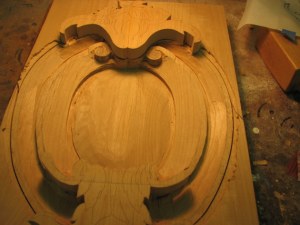
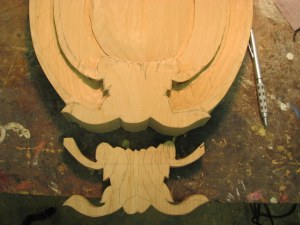

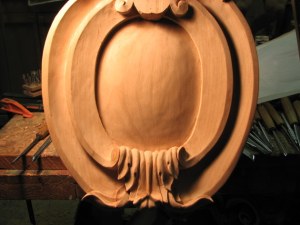




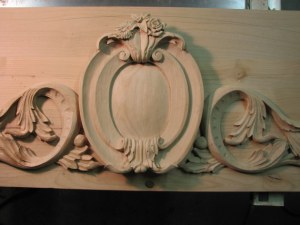
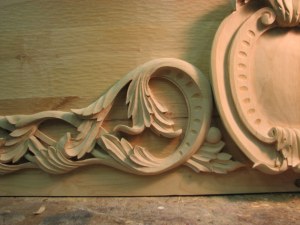





recent comments